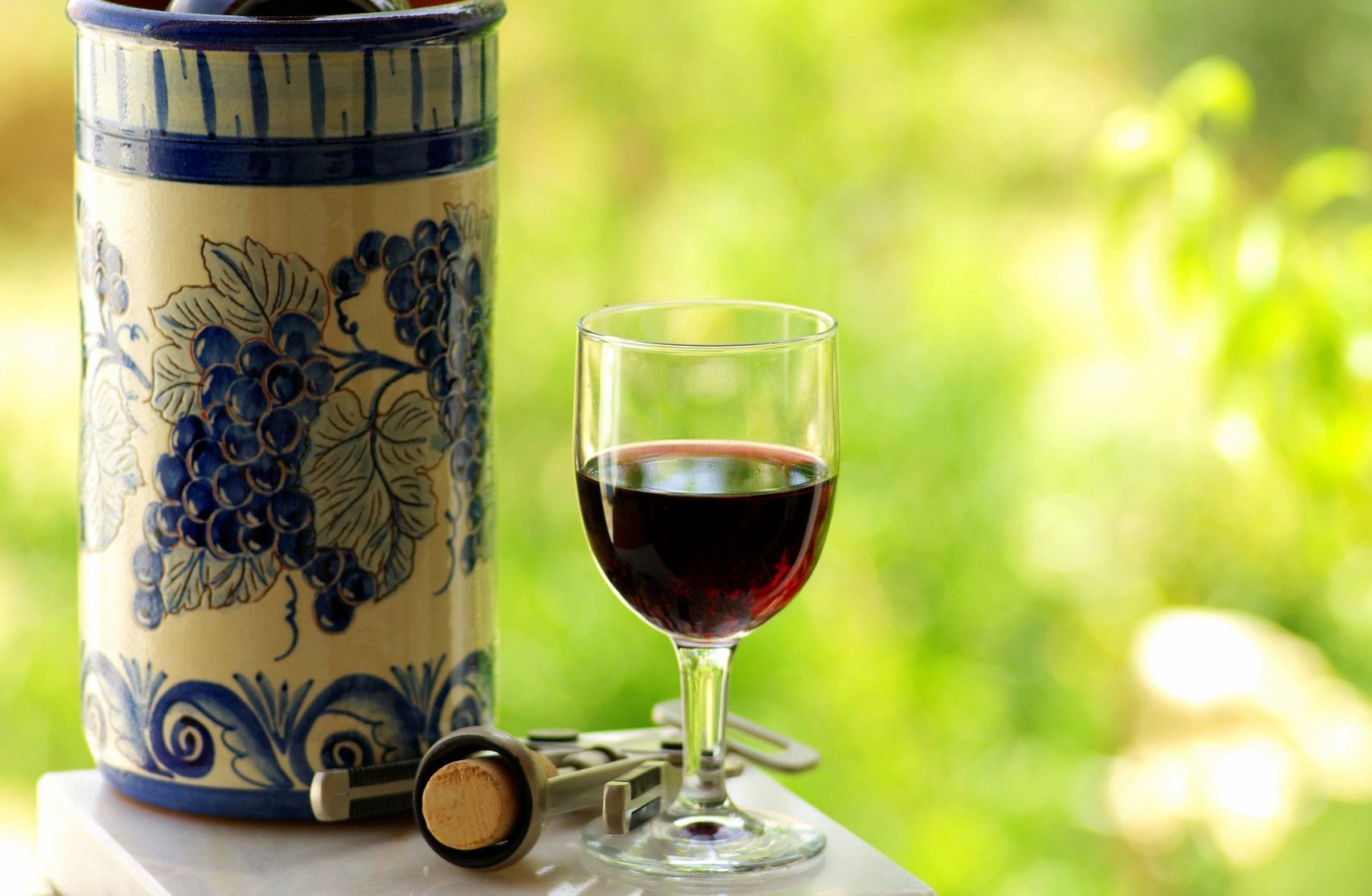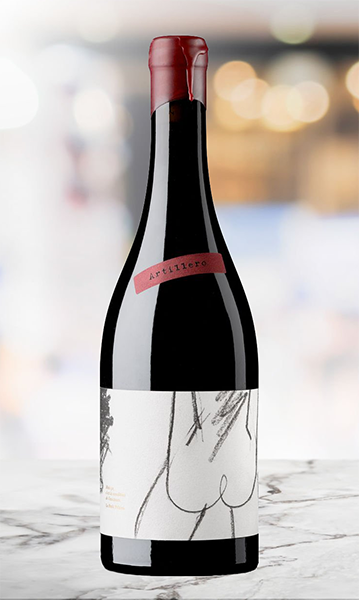
What is Port Wine?
Port wine is a fortified wine product made in Portugal. Often sweet, port wine is frequently misunderstood by the average wine drinker. But for those in the know, it’s a delectable treat with a fascinating history, tons of complexity, and incredible versatility.
The History of Port Wine
Port wine, as we know it today, didn’t start showing up on the export market until the mid-1700s. However, its history dates back to Roman times.
Made with grapes grown on the high-terraced banks of the Duoro River, port wine is blended from several grapes—but mostly from Touriga Nacional, Tina Roriz, Tinta Amarela, Touriga Franca, Tinta Cao, and Tinta Baroca.
During fermentation, once the wine reaches the desired sugar level, the fermentation is stopped by adding grape brandy to the wine. This is called fortification. In doing so, the alcohol level is raised to anywhere between 18 and 22 percent ABV, resulting in a very sweet and strong wine.
Port Wine Styles
Port wines are either wood-aged or bottle-aged. Within those categories, you’ll find several styles, each distinguished by the length of aging and other factors.
Bottle-Aged Port Wine
Deeply colored, dense, and opaque, the flavors and aromas of bottle-aged port range from dark berry fruit and licorice to rich, decadent plum pudding and mince pie.
- Vintage Port is only made in “declared” vintages, meaning it isn’t produced unless the crop was exceptional throughout the region. Vintage port is aged for two years in barrel before bottling and can last up to 100 years.
- Single-Quinta Vintage Port is a port wine made from a single property but not necessarily in a declared vintage. Usually, a Single Quinta Vintage denotes exceptional quality.
- Late-Bottled Vintage (LBV) Port is vintage-dated and is aged from four to six years in barrel before bottling and often longer in bottle before release. It’s much less expensive than Vintage Port, and it doesn’t have to follow “declared” years.
- Ruby Port is a simple, youthful, unaged, non-vintage port. Non-vintage means it could be blended from wines coming from several different vintages.
- Crusted Port is non-vintage, unfiltered, and often casts a sediment, imitating vintage ports at a lower price.
Barrell-Aged Port Wine
Wood-aged port has an entirely different flavor profile than bottle-aged examples because they are aged in barrel. Here, you’ll find nutty overtones, like hazelnut, nut butter, butterscotch, crème brulée, and brown sugar.
- Tawny Port is a general catch-all term for wood-aged port. It’s primarily non-vintage (except for Colheita) and is usually labeled according to the minimum age of wines in the blend.
- Colheita is the crème de la crème of all tawny ports. It’s vintage-dated and aged for a minimum of seven years before release. It’s not uncommon to see a Colheita that’s 25-50 years old or more.
True "Port" is from Portugal
Though only port made in Portugal can be called port, there are plenty of port-style fortified wines out there to try and they come from just about every country in the world—including the USA! In California, a delicious port style wine is often made using zinfandel grapes.
Discover new dessert wines to tempt your palate: sign up for our sweet wine club today.
Pairing Port Wine: Cheese, Please!
Traditionally, vintage port is perfect with any hard, aged cheese, but blue cheese is particularly good—the stronger, the better!
Of course, you can’t go wrong pairing vintage port with any chocolate dessert. For tawny ports, we like pecan pie, crème brulée, sabayon, or just about any pastry. Not a dessert person? Port is excellent on its own as an after-dinner treat or anytime.



